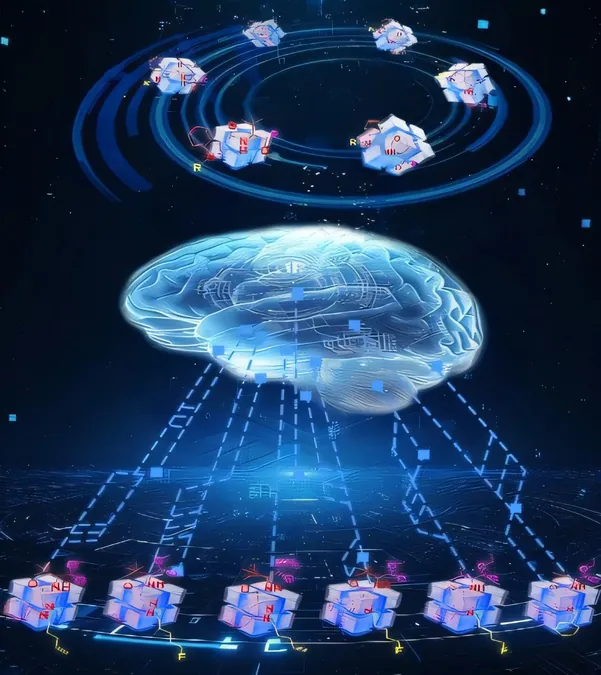
Revolutionary Deep Learning Method Unlocks Precise Detection of Synthetic Cannabinoids!
2025-07-10
Author: Ming
A Growing Threat: Synthetic Cannabinoids on the Rise
Synthetic cannabinoids are rapidly becoming a major public health concern. Known for their unpredictable potency and diverse structures, these new psychoactive substances pose significant risks, often leading to severe health effects far exceeding those of traditional drugs.
The Challenge of Detection
Detecting these substances on-site is tricky due to their subtle structural differences and low chemical reactivity, making traditional detection methods inadequate. Law enforcement and health professionals have been left scrambling for effective ways to identify these dangerous drugs.
Breakthrough in Technology: Raman Spectroscopy Meets Deep Learning
Researchers at the Xinjiang Technical Institute of Physics and Chemistry have developed an innovative solution to this pressing issue. By integrating Raman spectroscopy with advanced deep learning algorithms, they have created a powerful tool that accurately identifies synthetic cannabinoids, specifically those in the CA series, which share similar molecular structures.
How It Works: A Deep Learning Marvel
Raman spectroscopy is prized for its ability to create unique molecular 'fingerprints.' However, when it comes to closely related substances, these fingerprints can look alarmingly similar. To overcome this limitation, the research team designed a convolutional neural network (CNN) with an attention mechanism, enabling it to pick up on the minute differences that set these cannabinoids apart.
Achieving Perfection: 100% Accuracy!
After testing various CNN models, including VGG16, DenseNet121, and ResNet34, the team found their accuracy lacking. By enhancing ResNet34 with the SENet (Squeeze-and-Excitation Network) attention mechanism, they achieved a stunning 100% classification accuracy! This breakthrough allows for the clear differentiation of six synthetic cannabinoids, changing the game for on-site testing.
Understanding Deep Learning's Inner Workings
Not only was the accuracy remarkable, but the researchers also applied an attribution algorithm to uncover the key Raman spectral bands that the SE_ResNet34 model relied on for classification. This step sheds light on the internal workings of the model, providing a deeper understanding of how deep learning can enhance analytical processes.
Unwavering Reliability: A Model for the Future
Furthermore, tests demonstrate that this model maintains its impressive 100% classification accuracy regardless of variations in drug concentration or interference from other substances. This robustness paves the way for future applications in substance identification across various fields.
A New Era in Substance Detection
This groundbreaking work not only marks a significant advancement in the fields of chemistry and technology but also highlights the potential of deep learning to transform analytical practices. As the battle against synthetic cannabinoids escalates, these innovative techniques may soon become essential tools for ensuring public health and safety.



 Brasil (PT)
Brasil (PT)
 Canada (EN)
Canada (EN)
 Chile (ES)
Chile (ES)
 Česko (CS)
Česko (CS)
 대한민국 (KO)
대한민국 (KO)
 España (ES)
España (ES)
 France (FR)
France (FR)
 Hong Kong (EN)
Hong Kong (EN)
 Italia (IT)
Italia (IT)
 日本 (JA)
日本 (JA)
 Magyarország (HU)
Magyarország (HU)
 Norge (NO)
Norge (NO)
 Polska (PL)
Polska (PL)
 Schweiz (DE)
Schweiz (DE)
 Singapore (EN)
Singapore (EN)
 Sverige (SV)
Sverige (SV)
 Suomi (FI)
Suomi (FI)
 Türkiye (TR)
Türkiye (TR)
 الإمارات العربية المتحدة (AR)
الإمارات العربية المتحدة (AR)